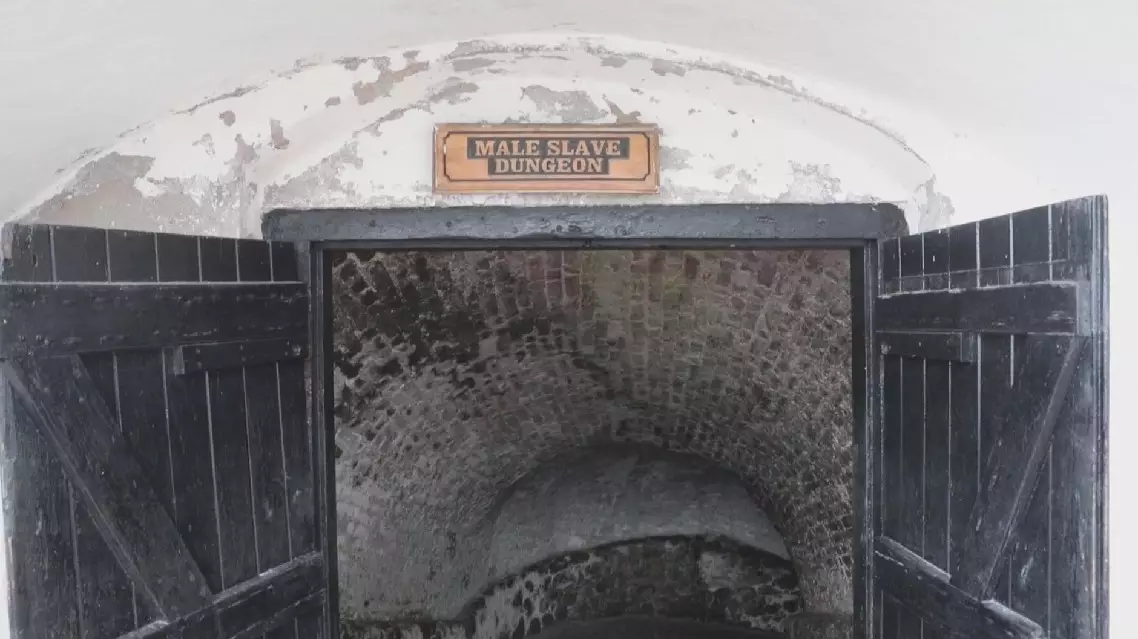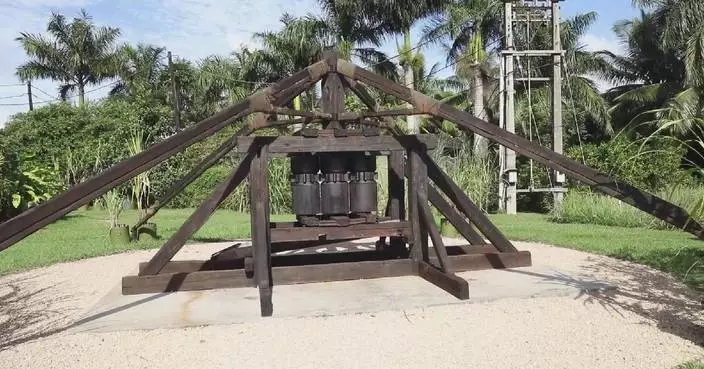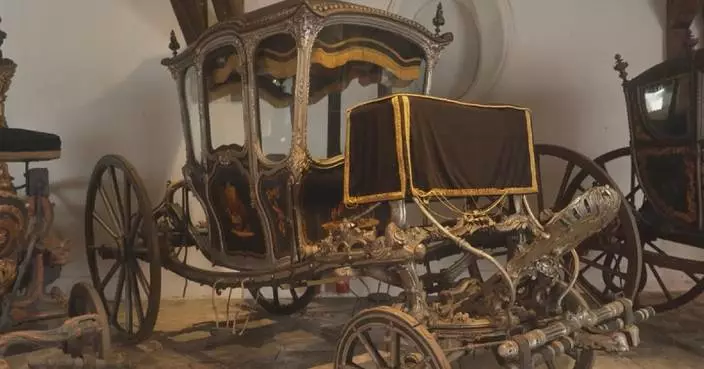The century-old shipbuilding history of Fuzhou in east China's Fujian Province highlights the long-standing friendship and exchanges between China and France.
Over 150 years ago, Fuzhou was a frontier in one of China's first major experiments to learn about maritime engineering, navigation, and other advanced Western technology.
Fuzhou, as the birthplace of China's first modern shipyard, stands as a testament to the friendly exchanges between China and France that took place over a century and a half ago. This historical connection is vividly showcased through the exhibits at the Museum of Foochow Arsenal.
"I am deeply impressed by the efforts made by China in modern times to become strong, with its extensive international exchanges and cooperation, particularly with France, which began more than 150 years ago," said Fu Lixin, one of the residents.
French naval officer Prosper Marie Giquel G-Gal played an important role in promoting cooperation and exchanges with his Chinese counterparts in the 1860s.
He was instrumental in the establishment of a modern shipyard and the first naval academy in China, the Chuanzheng School in Fuzhou.
"Giquel's plan focused on infrastructure, production, and education. He also brought engineers, teachers of maths, physics and charting, to China with him. In the naval school, students not only learned technology, but also the basic science behind it," said French historian Marianne Bastid-Bruguiere.
With the help of cutting-edge French technology, it took one year to build China's first kiloton-class steamer, Wannianqing.
In 1877, graduates from the Chuanzheng School, dubbed "China's first French university", went to study shipbuilding, mining and electrical engineering in France and Britain. Wei Hui's great grandfather was among them.
"This is my great grandfather Wei Han. During his time in France, he visited major arsenals and shipyards in France and Europe. He formed a deep friendship with his colleagues through working and living together," said Wei, descendant of Chuanzheng School student.
Wei said his descendants and Giquel's remain in contact to this day, with a hope to promote China-France relations, like their great grandfather.

China-France shipbuilding history highlights longstanding friendship









